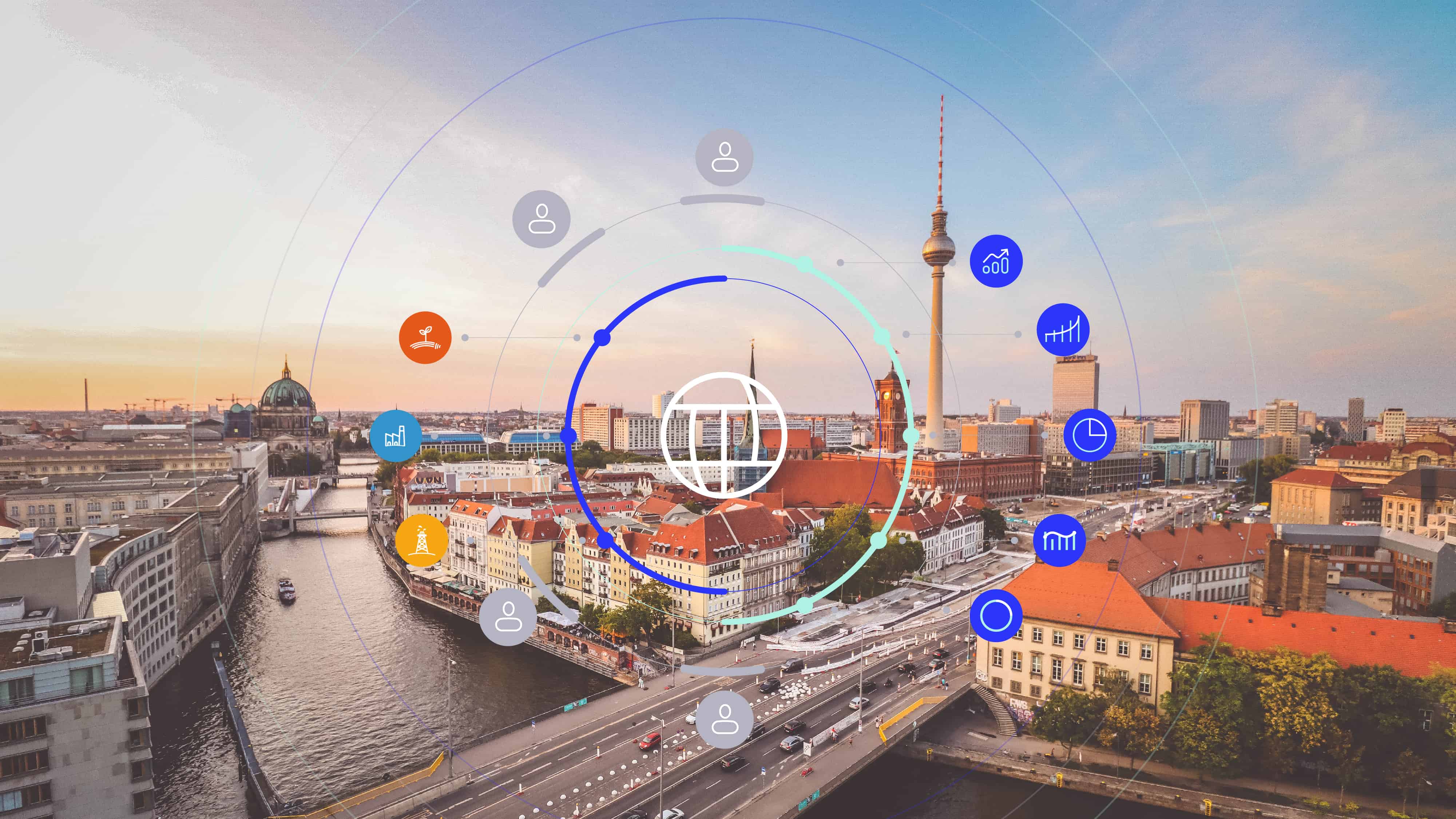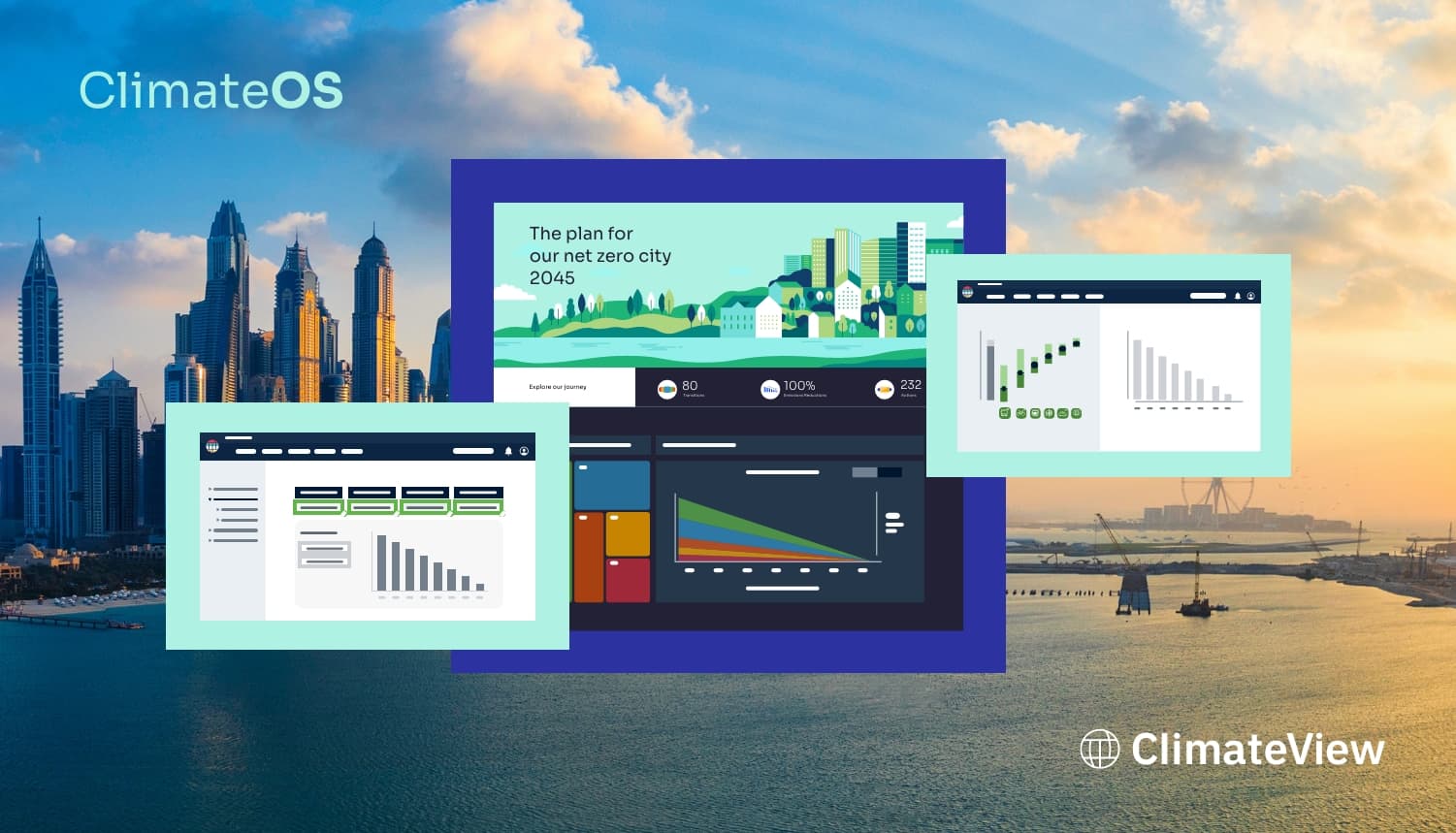How urban planning can help create healthier, greener cities
Vanessa Terschluse

Cities are an essential puzzle piece to a greener, more equitable future. Currently, cities account for approximately 75% of global carbon emissions and are a key driver of land-use change and habitat destruction. It’s clear: we can’t tackle climate change and biodiversity loss without transitioning to greener cities.
More than half of the world’s population already live in cities – a number which is only predicted to rise in the next few decades. Considering the potential impact cities can have on the climate, we agree with UN Secretary-General António Guterres when he said “cities are where the climate battle will largely be won or lost”.
The recognition of the role of cities as key players within the climate movement is growing. In 2022, the Intergovernmental Panel on Climate Change (IPCC) report highlighted that cities are on the front line of the climate crisis and critical to meeting national climate pledges. According to the International Environment Agency (IEA), these pledges, if met in full and in time, can limit global temperature rise to 1.8°C.
However, ‘greening’ our cities to ensure they are in line with the Paris Agreement requires changing almost every aspect of them – from how we adapt, create, and use our buildings, to how we move around, heat our homes, and fuel our cars to what we do in our leisure time and even what we eat.
Despite this uncertainty, cities also offer a unique and monumental opportunity. If we need to change almost every aspect of what living in cities looks like, why wouldn’t we also take this opportunity to make our cities healthier and safer places to live; places that foster equality, diversity, and a deeper sense of community?
How can cities advance social justice?
Adapting and shifting what living in cities looks like, or failing to do so, will undeniably impact the communities that inhabit them. The climate and biodiversity crises are some of the most pressing social justice issues of our time and are already disproportionally impacting vulnerable individuals and marginalised communities across the world.
Urban poverty is linked to low-quality housing, risk of forceful evictions, lack of safe, readily available water supplies and poor sanitation – all of which can be worsened by droughts, extreme heat, floods and other impacts of climate change and ecosystem degradation. It is essential that we develop a clear understanding of how climate risks are distributed within cities, and how cities can develop resilient, socially just, net-zero trajectories in their unique social, political, and economic contexts.
Green-blue infrastructure and nature-based solutions in cities
According to the International Institute for Environment and Development, green-blue infrastructure and nature-based solutions have enormous potential to deliver on climate targets and health and social benefits. But what exactly does that mean?
Blue-green infrastructure refers to the use of “blue” or “green” elements found in natural and urban settings, such as rivers, wetlands, floodplains, water treatment facilities, forests, fields and parks. Nature-based solutions, on the other hand, refer to a wide range of actions to protect, sustainably manage, or restore natural ecosystems.
An example of how these can be used as tools to increase urban sustainability, while also addressing social and economic challenges, include improvements to informal settlements: Globally, one in seven people live in informal settlements, most without access to decent housing, sanitation, water, or risk-reducing infrastructure, leaving them more vulnerable to the impacts of heat, landslides and the spread of diseases like Malaria, which are all at risk of being exacerbated by the climate crisis.
Upgrading the infrastructure of informal communities, especially housing, can not only accelerate the decarbonisation of built spaces, which currently contribute 39% of carbon emissions globally, but also increase access to safe housing, decreasing the risk of disease, injury or even death linked to extreme weather events and natural disasters.

Sustainable urban mobility and electrification
The examples of how greener cities benefit communities do not stop there. Urban spaces that provide access to high-quality, low-carbon public transport and inclusive active mobility such as cycling and pedestrian infrastructure can create healthier communities that breathe better air and are more active. However, in most cities, access to efficient transport remains a benefit of the wealthy, with studies finding that the top 20% income groups make 63% of all long-distance high-speed rail journeys.
Yet, while the richest 5% also make circa 350 car journeys a year more than the poorest 5%, clean air remains a benefit of the wealthy. Integrated urban policies that prioritise efficiency, renewable energy generation and electrification are another example of how effective planning can positively affect urban communities. Investing in energy-efficient housing can help bring costs down, tackling energy poverty while also contributing to national emission reduction targets.
Inclusive policy in cities
Climate change represents an ethical challenge as much as a scientific or technical one. Lowering our emissions alone is not enough to address its root causes and impacts; we must tackle all intersectioning inequalities faced by urban communities. To succeed, policymakers must consider not only how and why levels of vulnerability to climate change vary, but also how and why their policy responses benefit or disadvantage different groups.
How innovative urban planning can advance climate justice
Governments and urban planners need to adopt innovative ways-of-working to ensure they not only meet climate targets, but also take communities along with them, ensuring a transition to better urban futures. To do this, they must be adequately equipped when dealing with the complexities of climate planning.
Swedish tech start-up ClimateView has set out to support decision-makers to do exactly that. City planners often find themselves overwhelmed with insurmountable amounts of data on emissions, costs, impacts and much more. ClimateView’s digital ClimateOS Platform allows city officials to analyse data and to draw insights that can reliably inform their decisions. ClimateView helps city planners to make sense of their data, allowing their clients to focus their attention on developing actionable plans with tangible steps for implementation. By enabling cities to share their data with each other, ClimateOS also promotes inter-city collaboration and knowledge sharing.
The software supports planners through all steps of the implementation process, including modelling and analysis, monitoring and reporting and stakeholder engagement and communication. ClimateView not only helps them identify key actions to accelerate decarbonisation, but also to create tangible climate action plans that make cities more sustainable and improve the living-standards of urban communities across the world.


